The core functions of the slitting machine directly affect the cutting accuracy, material utilization rate and production efficiency, among which automatic deviation correction (EPC), tension control and waste edge recycling are the three key technology modules. The following is an in-depth analysis of the principle, implementation method and industry application:
1. Automatic Deviation Guiding System (EPC) - the "navigator" of the material edge
1. Centrality
• Ensure that the material always runs along the preset path during the slitting process to avoid lateral deviation (misalignment) and ensure the consistency of the slitting width.
2. Technical Implementation
• Detection unit:
◦ Photoelectric sensor: Infrared/laser detection of material edge position (suitable for opaque materials such as paper, metal foil).
◦ Ultrasonic sensor: suitable for transparent films (e.g. PET film) or surface reflective materials.
• Execution Unit:
◦ Pneumatic guidance: Push the unwinding or winding shaft to move laterally by the cylinder (slower response speed and lower cost).
◦ Servo deviation correction: driven by servo motor, the accuracy can reach ±0.1mm (standard for high-end models).
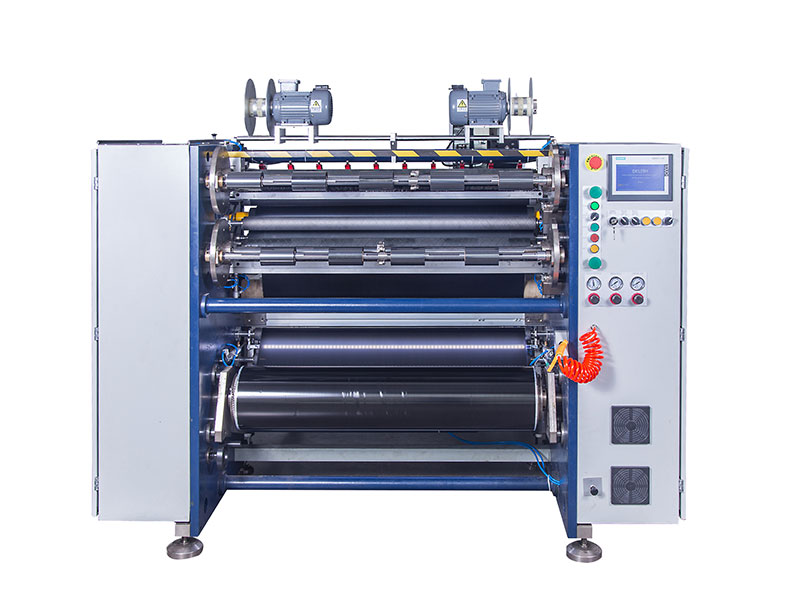
3. Industry application differences
• Lithium battery separator: 0.05mm ultra-high precision is required ± to prevent poor alignment of the pole piece.
• Corrugated slitting: ±0.5mm deviation is allowed, but it needs to be resistant to dust interference (the sensor needs to be cleaned regularly).
4. Advanced features
• Double EPC linkage: simultaneous unwinding and rewinding (for elastic materials such as non-woven fabrics).
• Pre-guiding mode: adjusts the material before it enters the cutting zone (reducing subsequent tension fluctuations).
2. Tension control - the "invisible hand" of material stability
1. Centrality
◦ Maintain a constant tension of the material from unwinding to rewinding, preventing slack (causing wrinkles) or overtightening (causing stretch deformation).
2. Comparison of control methods
| type | principle | precision | Applicable scenarios |
| Magnetic particle brakes | The tension is controlled by adjusting the magnetic particle resistance with an electric current | ±5% | Low-speed slitting (<200m/min) |
| Servo tension | Servo motor real-time feedback adjustment | ±1% | High-speed and high-precision (e.g. optical films) |
| Pneumatic braking | Air pressure controls friction plate resistance | ±10% | Thick materials (e.g. rubber sheets) |
3. Key algorithms
• Taper tension control: the tension decreases with the increase of the winding diameter during winding (to prevent the inner layer of the material from being deformed under compression).
• Dynamic compensation: Automatically adjusts parameters for changes in the elastic modulus of the material, such as stretched films.
4. Industry pain point solutions
• Ultra-thin copper foil (6μm): "Tension-free" slitting (controlled by guide roller friction only).
• Elastic Fiber Cloth: Add tension oscillation suppression algorithm to avoid material rebound.
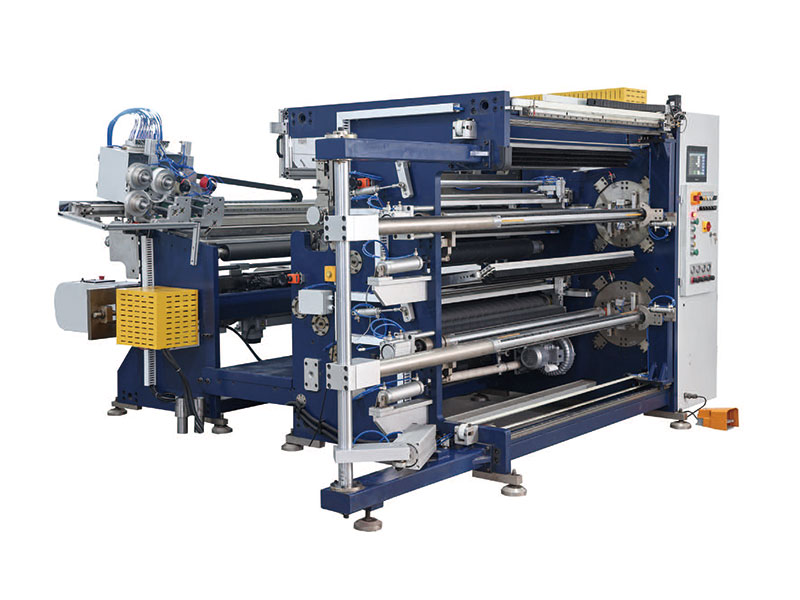
3. Waste side recycling system - the "key link" of cost control
1. Centrality
◦ Automatically separate and collect waste edge materials (such as edge wool and slitting gap waste) after slitting, reducing manual cleaning and improving material utilization.
2. Technical solutions
• Airflow adsorption:
◦ Waste edges are sucked into the pipe by means of a negative pressure fan (suitable for light waste materials such as plastic film corners).
◦ Advantage: No contact, avoid scratching the material.
• Take-up and recycling:
◦ Independent motor drives waste reels (suitable for heavy scrap materials such as metal foil and thick cardboard).
◦ Advantages: neat recycling, easy to reuse.
• Crushing:
◦ Built-in shredder shreds waste edges and processes them centrally (e.g., medical sterile material slitting).
3. Innovative design
• Intelligent waste edge monitoring: Detect waste edge fracture through weight sensor or vision, and automatically stop the machine for alarm.
• Waste edge sorting system: linked with MES to distinguish waste materials of different materials (such as the separation and recycling of AL layer and PE layer of composite film).
Fourth, the synergistic effect of the three major functions
1. Examples of linkage scenarios
• Transparent film slitting:
1. EPC detects that the material is offset by 0.2mm to the right→ servo correction is fine-tuned to the left.
2. Local tension fluctuations due to deviation correction → The servo tension system compensates for the 5N tension.
3. The waste edge recycling machine is accelerated synchronously to avoid the accumulation of waste edges.
2. Industry-specific combinations
• New energy electrode slitting:
◦ High-precision EPC (±0.03mm) + constant tension servo control + dust-free waste edge adsorption.
• Food Packaging Films:
◦ Ordinary photoelectric EPC + magnetic particle tension + crushing recycling (in line with sanitary standards).
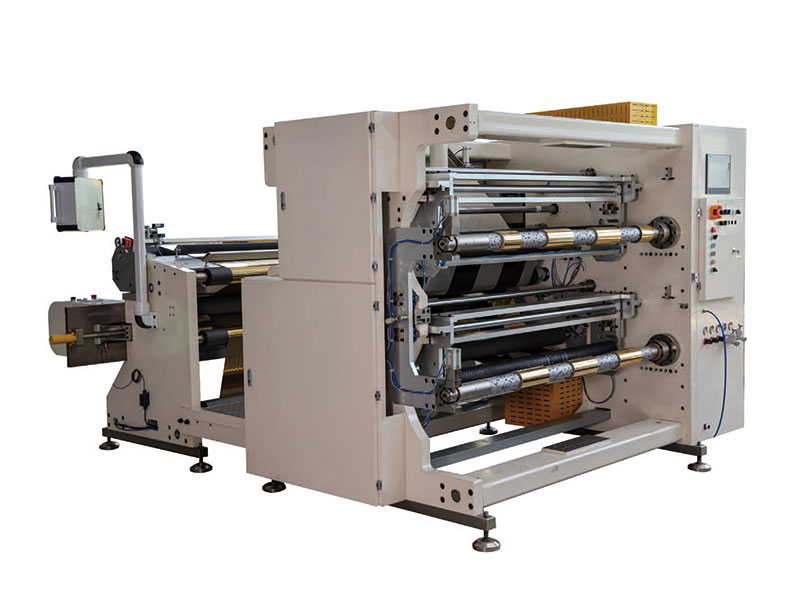
5. Common faults and optimization directions
| Functional modules | Typical questions | solution |
| Automatic web correction | False Sensor Alarm (Dust Interference) | Switch to anti-contamination ultrasonic sensors/increase cleaning intervals |
| Tension control | The material is stretched and deformed | Reduce initial tension + enable taper control |
| Waste edge recycling | Waste edge fracture winding guide rollers | Add edge detection sensor + anti-stick coating of guide roller |
summary
The three core functions of the slitter constitute a closed-loop control system:
• EPC is the "eye" (sensing position), tension control is "muscle" (maintaining stability), and waste edge recycling is "cleaner" (ensuring continuous operation).
• Suggestions for technology selection:
◦ Priority is given to servo closed-loop systems for high value-added materials (such as lithium battery separators).
◦ Conventional slitting (e.g., wrapping paper) optimizes the mechanical structure and reduces costs.
In the future, the trend will be towards multi-sensor fusion (AI vision + tension feedback) and predictive maintenance (monitoring the correlation between blade wear and tension fluctuations).
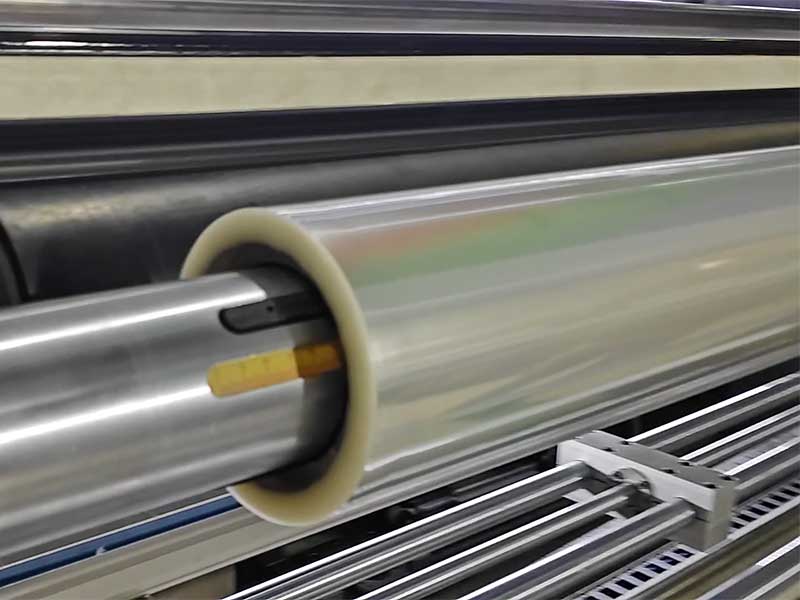 Innovation in ease of operation: intelligent control design of the new generation of film slitting machines
Innovation in ease of operation: intelligent control design of the new generation of film slitting machines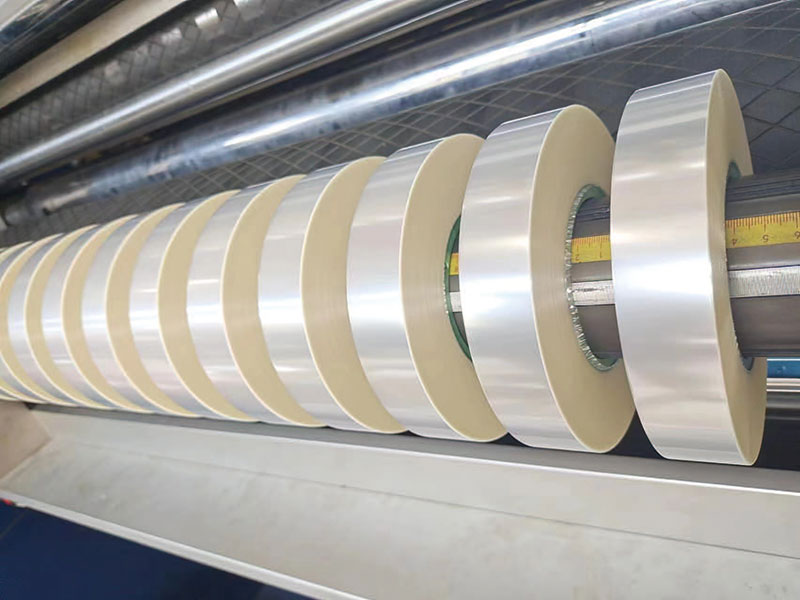 Upgrade the reliability of film slitting machines: the technical path to achieve continuous 1,000 hours of trouble-free operation
Upgrade the reliability of film slitting machines: the technical path to achieve continuous 1,000 hours of trouble-free operation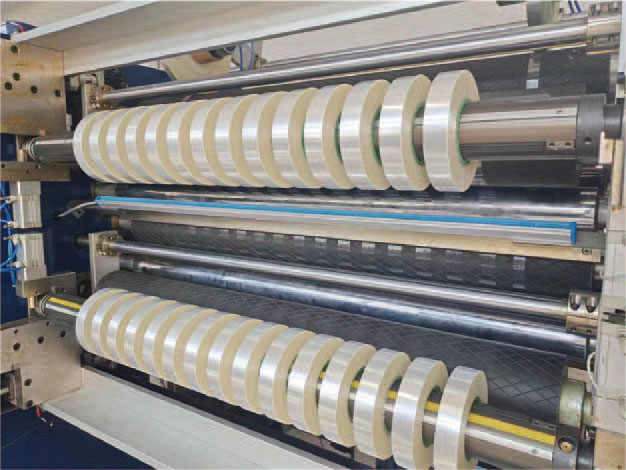 Five key points you must know before purchasing a film slitting machine
Five key points you must know before purchasing a film slitting machine Key points of long-term reliability evaluation of hot stamping foil slitting machine: How to protect investment safety on the blade?
Key points of long-term reliability evaluation of hot stamping foil slitting machine: How to protect investment safety on the blade?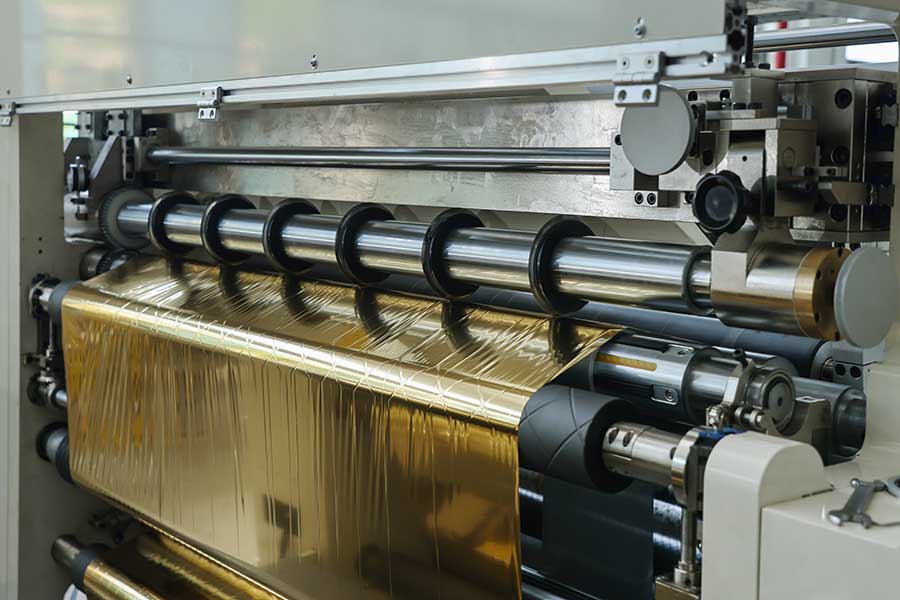 Real user feedback: Reliability challenges and countermeasures in the production of hot stamping foil slitting machines
Real user feedback: Reliability challenges and countermeasures in the production of hot stamping foil slitting machines